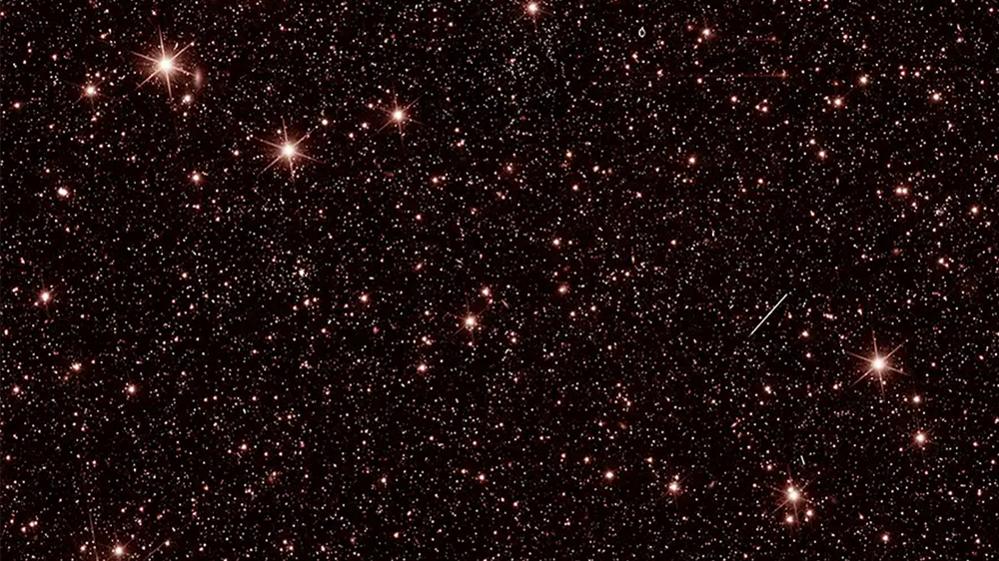Check out the first image of the most distant galaxy ever
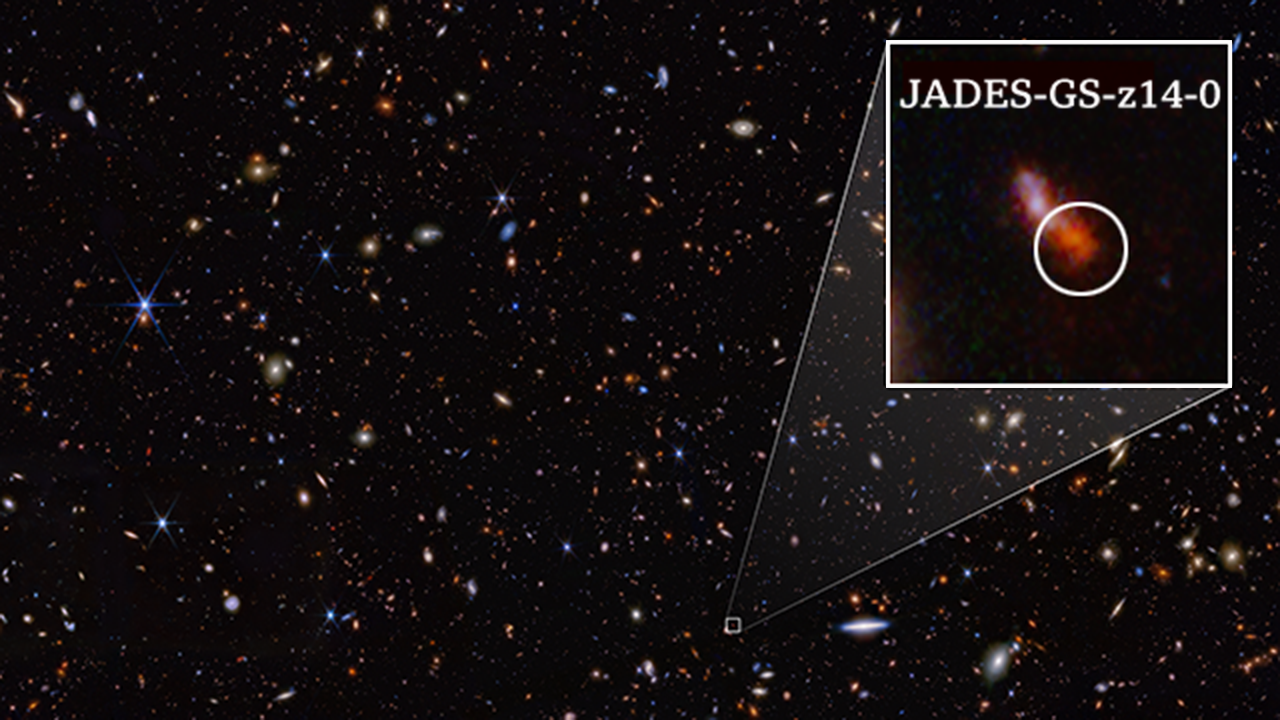
- Published
The James Webb telescope is the gift that keeps on giving - this time, it's beaten its own record for capturing the most distant and earliest galaxy ever observed.
It's called JADES-GS-z14-0, and the telescope caught it 290 million years after the Big Bang - which is thought to be the moment the universe began, expanding over time.
That may sound like a lot, but if the Universe is 13.8 billion years old, it means we're observing the galaxy in the past, when the cosmos was only 2% of its current age.
We see these very distance objects in the past, because of the amount of time it takes light to reach us.
More space stories
Kids officially open UK's first spaceport
- Published31 May 2024
Shock as part of space station lands on a house in America
- Published25 June 2024
Oldest person goes to space on Blue Origin rocket
- Published20 May 2024
It's not just really far away, but it's also huge.
Webb measures the galaxy to be more than 1,600 light years across.
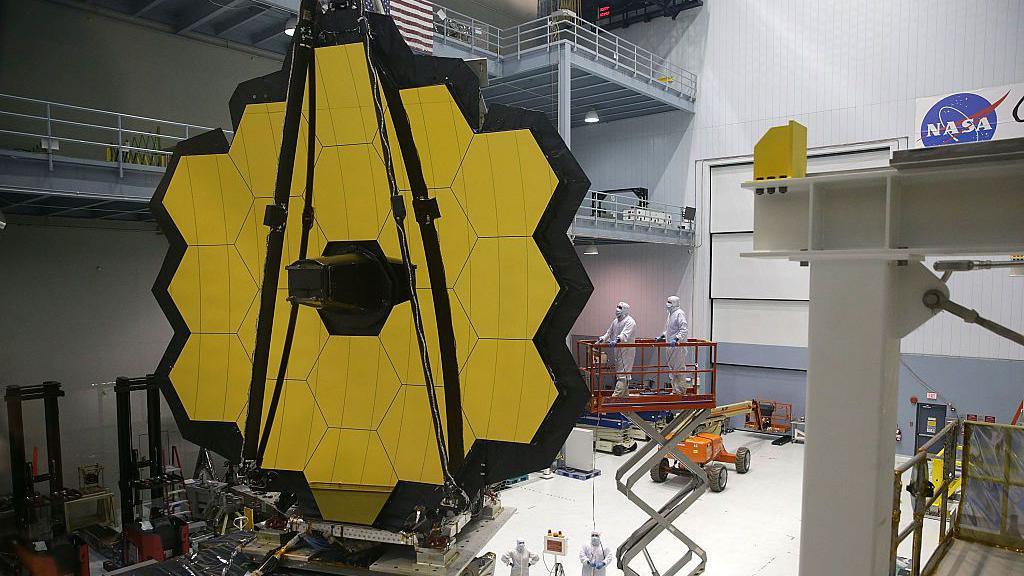
The James Webb telescope eventually cost a whopping $10bn to build - that's around £7.5bn!
But there may be even earlier galaxies that the James Webb telescope is able to spot.
Brant Robertson, professor of astronomy and astrophysics at the University of California-Santa Cruz and a scientist on this project, said: “We could have detected this galaxy even if it were 10 times fainter, which means that we could see other examples earlier in the Universe - probably into the first 200 million years.
“The early Universe has so much more to offer."
What is a galaxy?
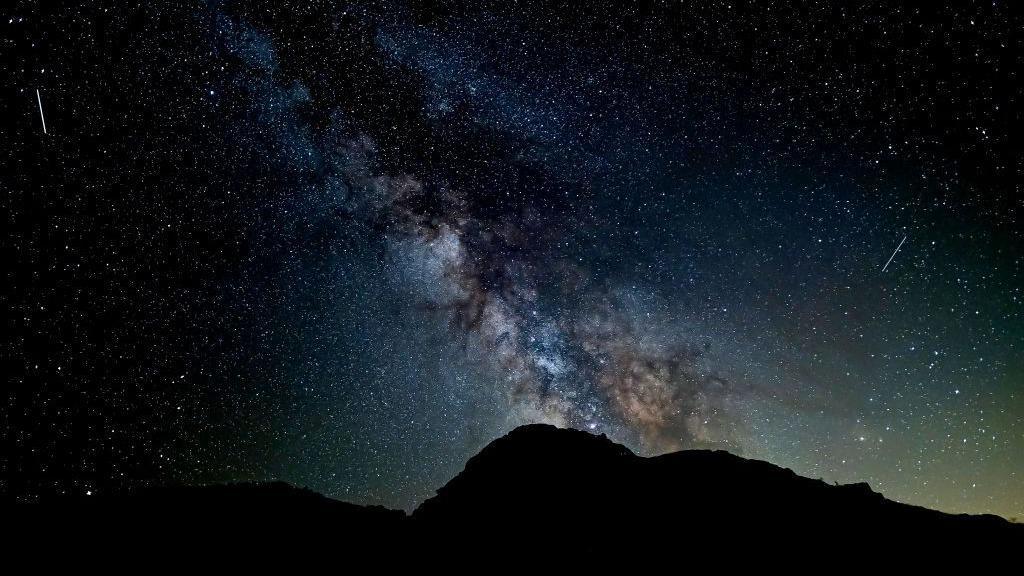
This is a picture of part of our galaxy, the Mily Way
Galaxies are massive collection of gas, dust, and billions of stars and their solar systems.
Our solar system is in a galaxy called the Milky Way.
Other galaxies in space are really far away.
Learn more about space with BBC Bitesize
Earth and space
- Attribution
How can the James Webb telescope see back in time?
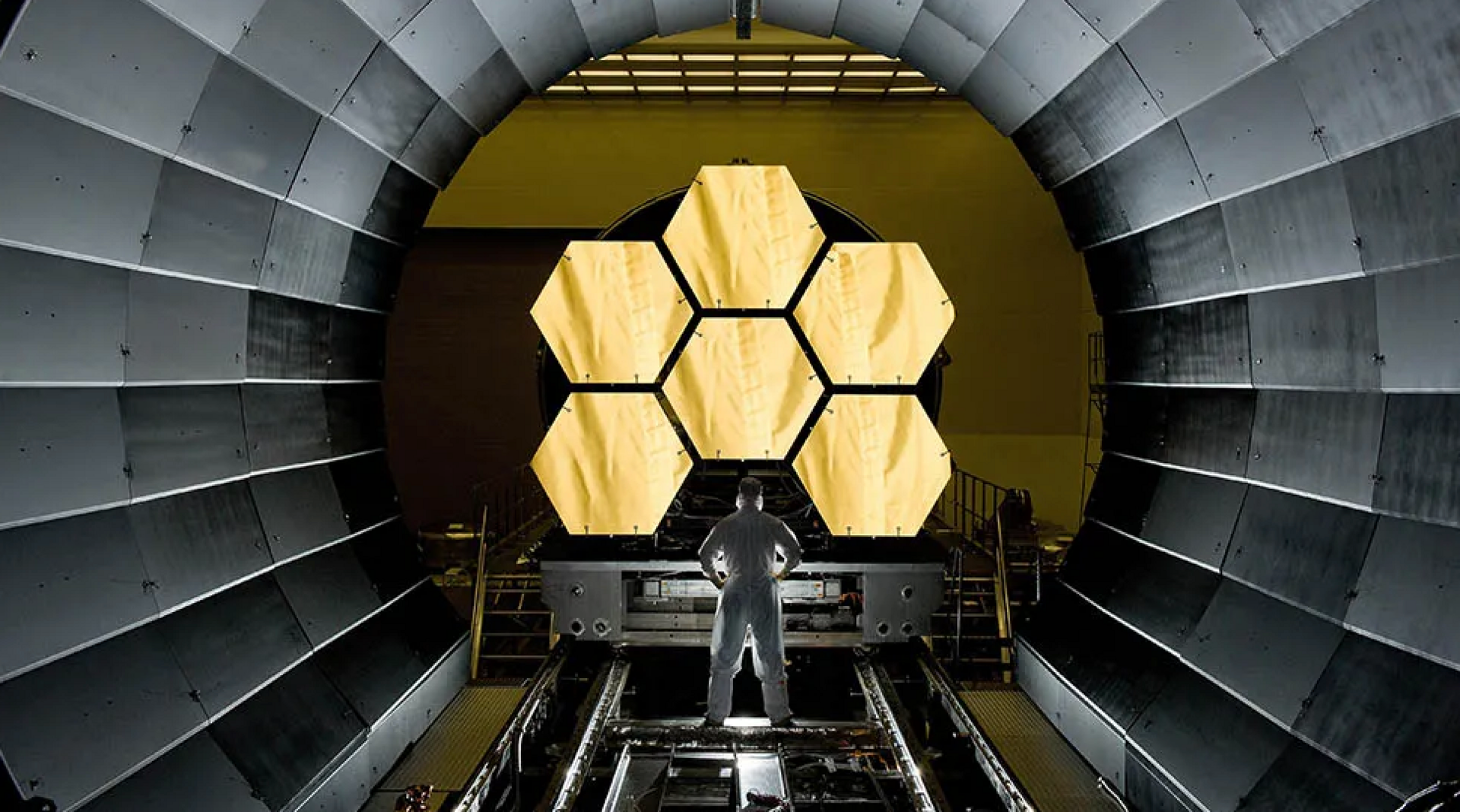
Webb has a big mirror that's 6.5m across the middle
It may seem a bit strange to say these photos were taken of something hundreds of millions of years old.
We can only see things if they give off light, or are lit up.
But light takes time to travel to our eye - for example, light from the Sun takes eight minutes to reach us, so when we see the Sun, we see it as it was eight minutes ago.
Things further away than that are measured in light years.
A light year is a measure of distance, not time. One light year is the distance travelled by light in one year.
Because JADES-GS-z14-0 is so far away, we are seeing it as it was billions of years ago, closer to when the universe itself was created.
More like this
- Published1 May 2024
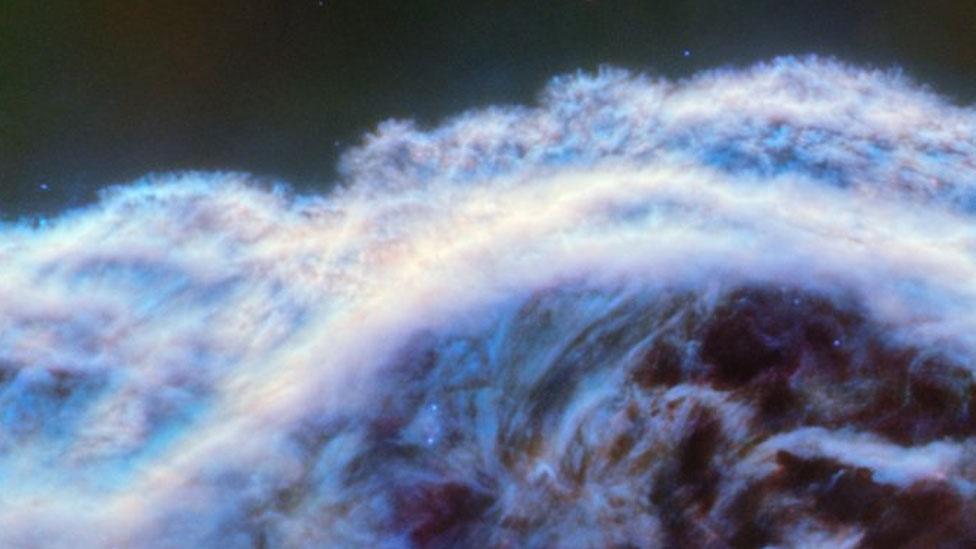
- Published23 May 2024
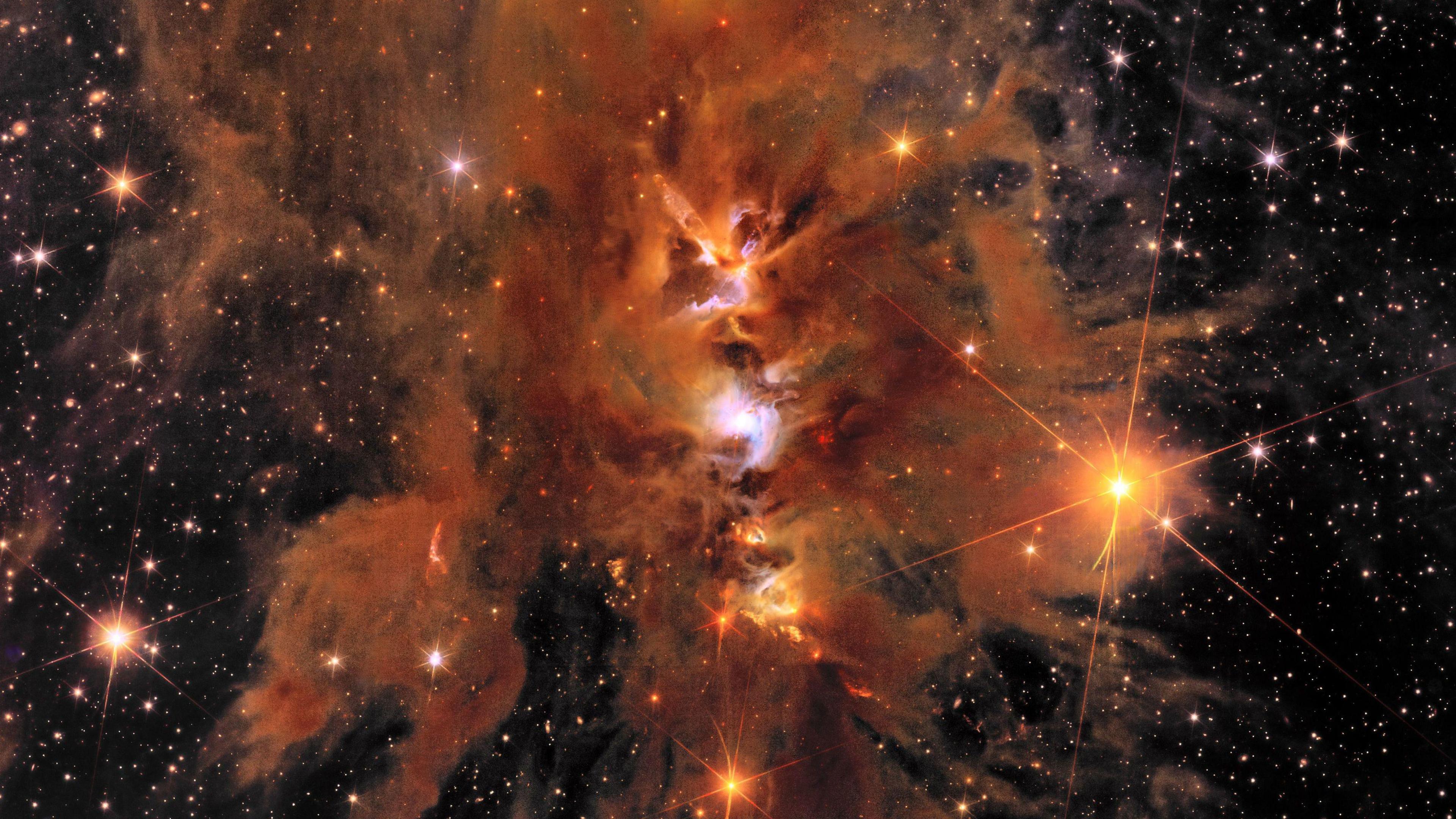
- Published3 August 2023
